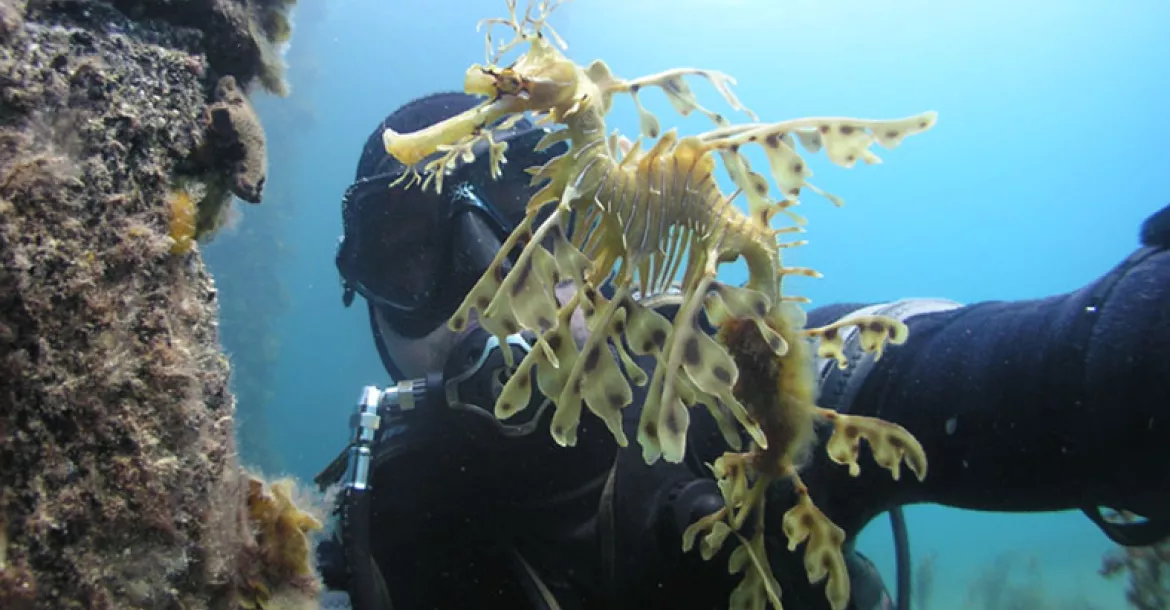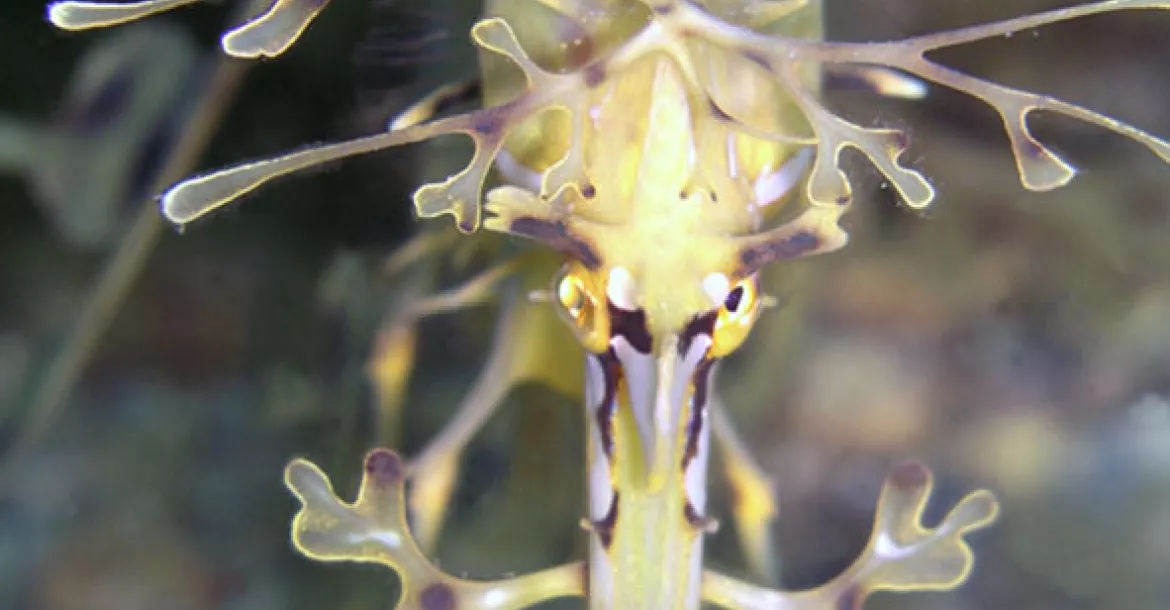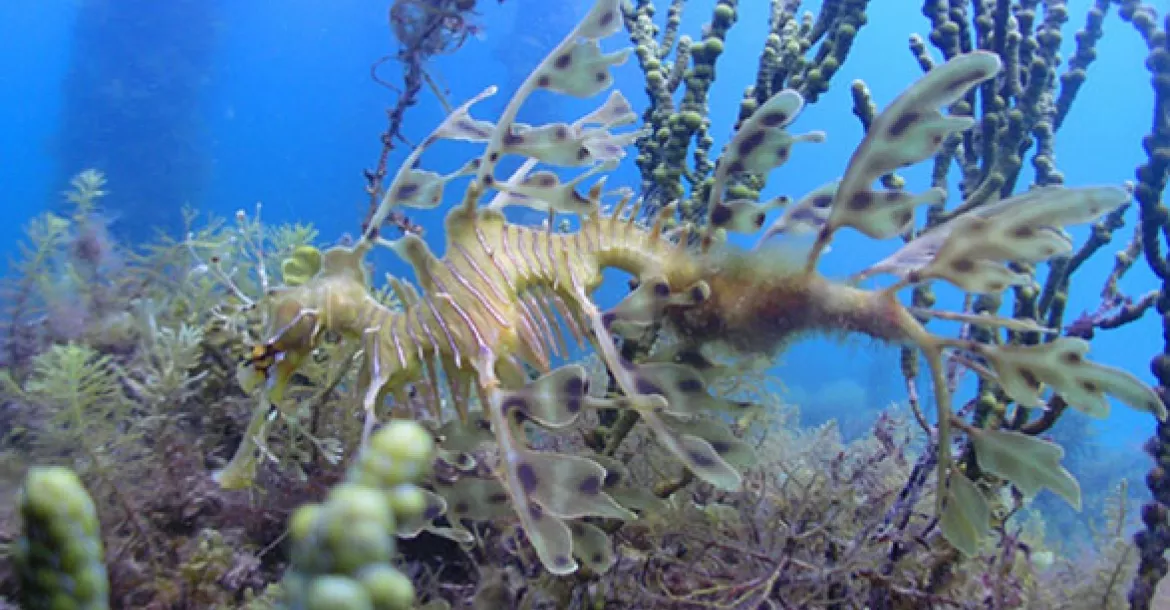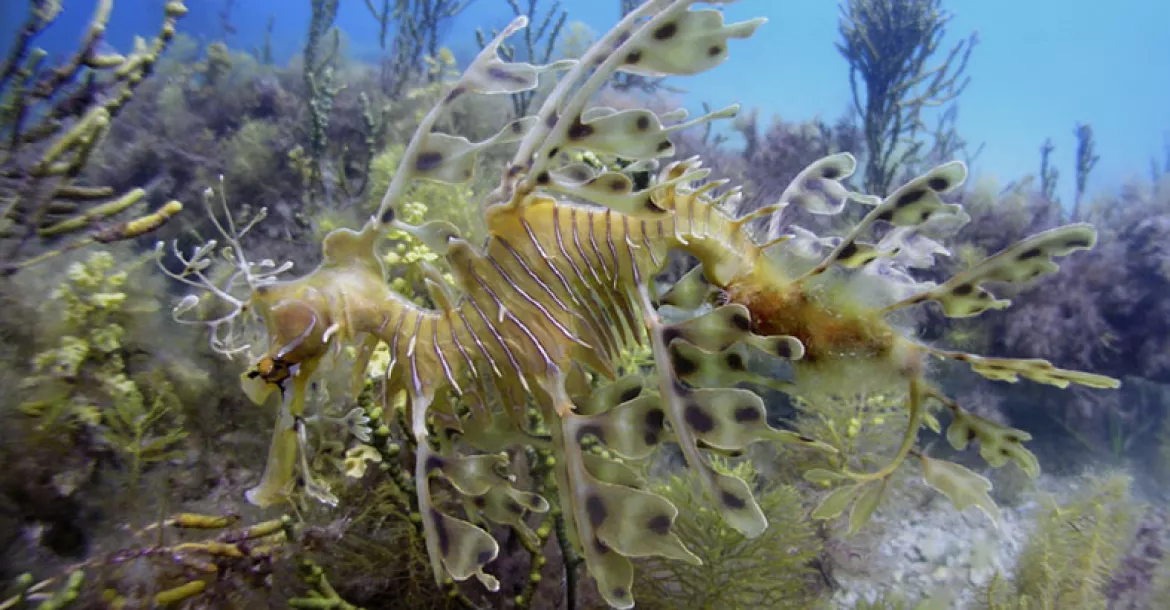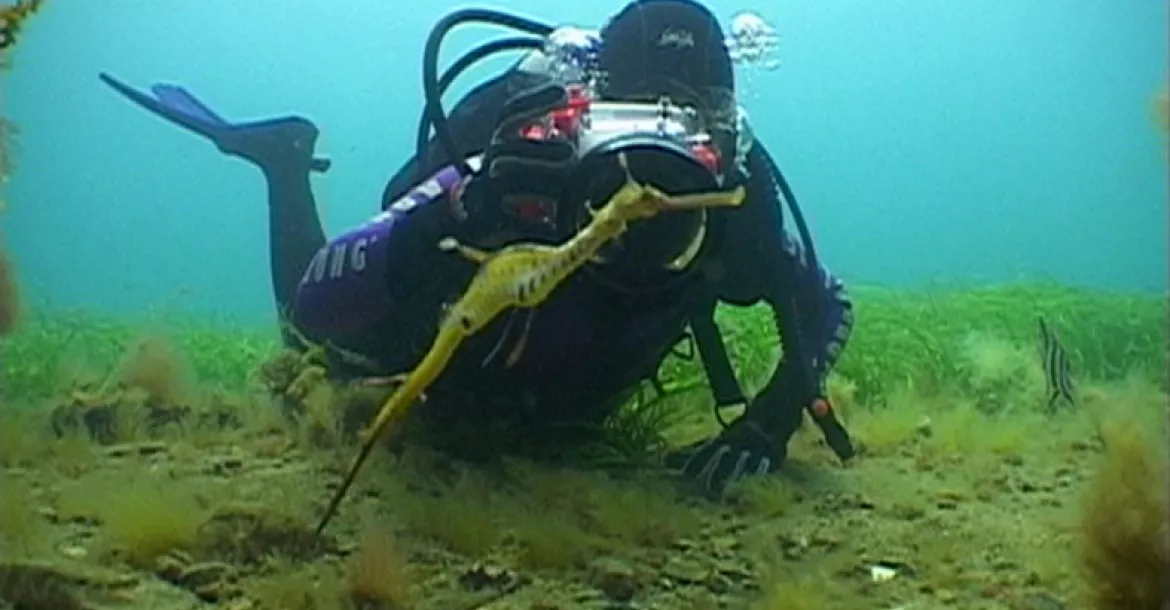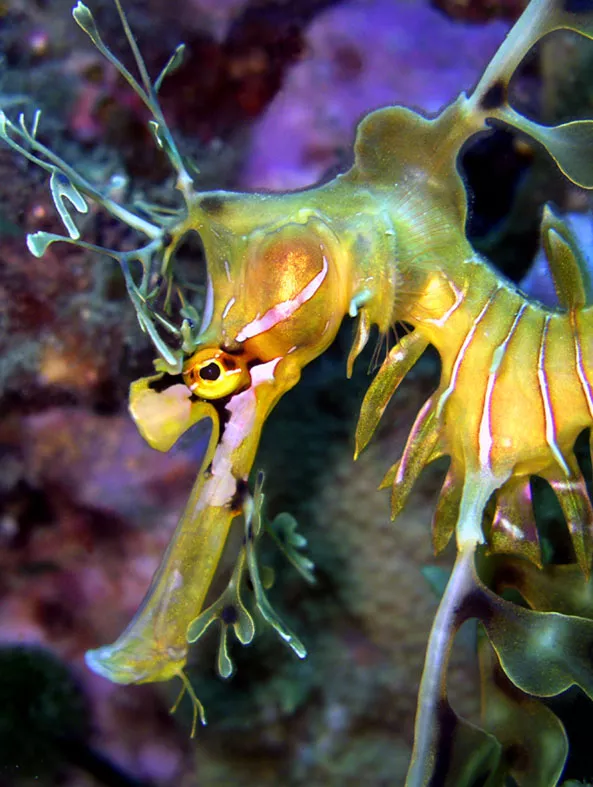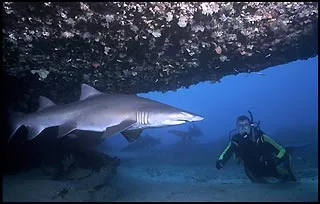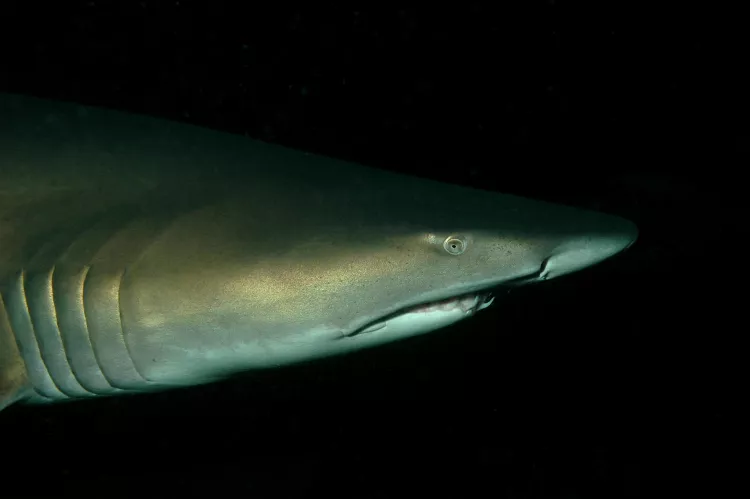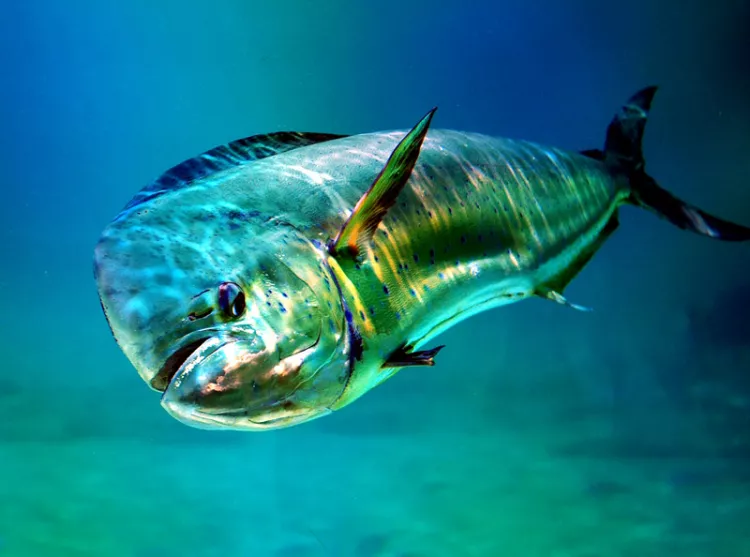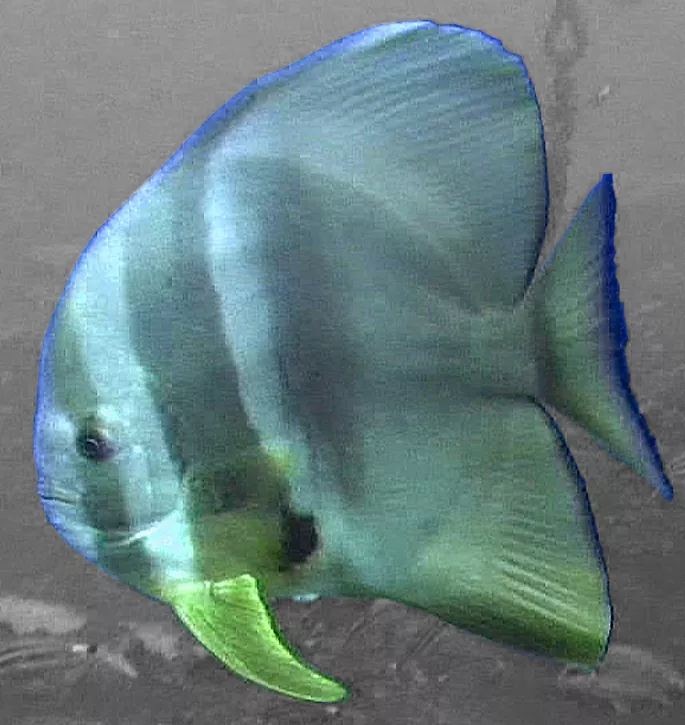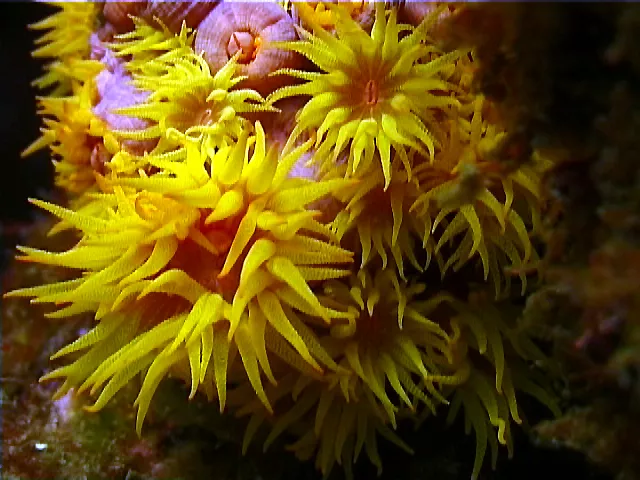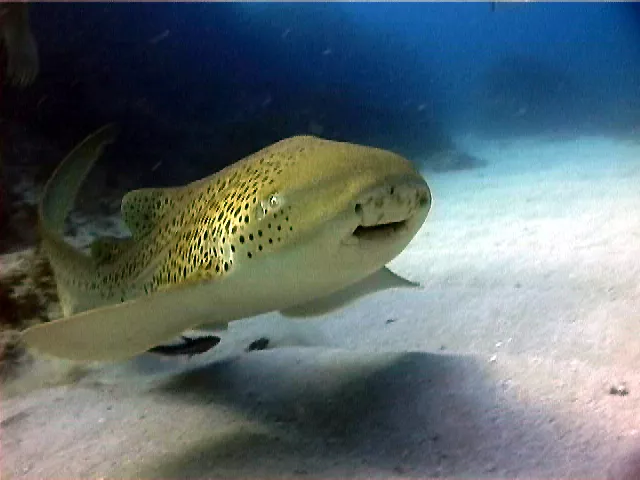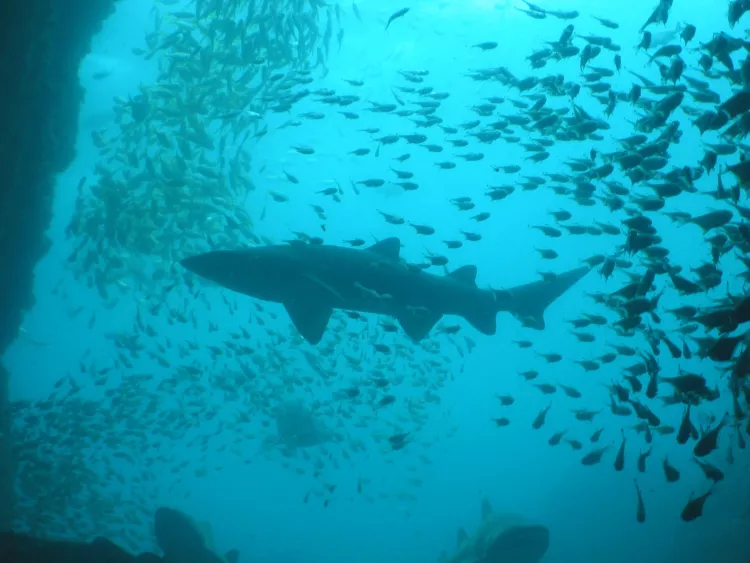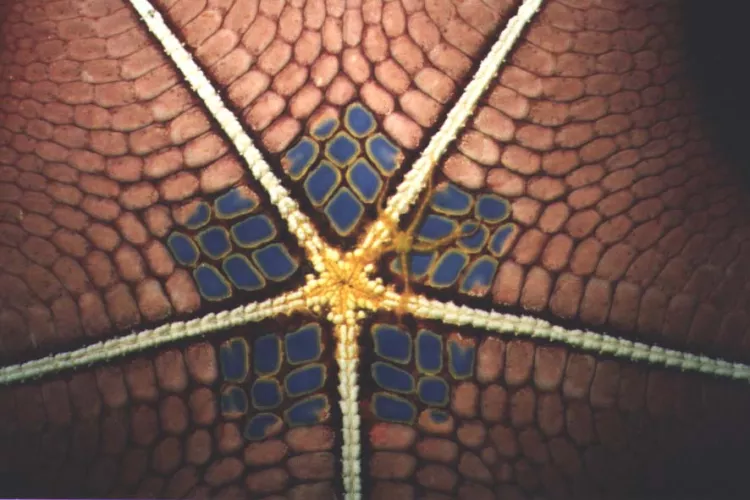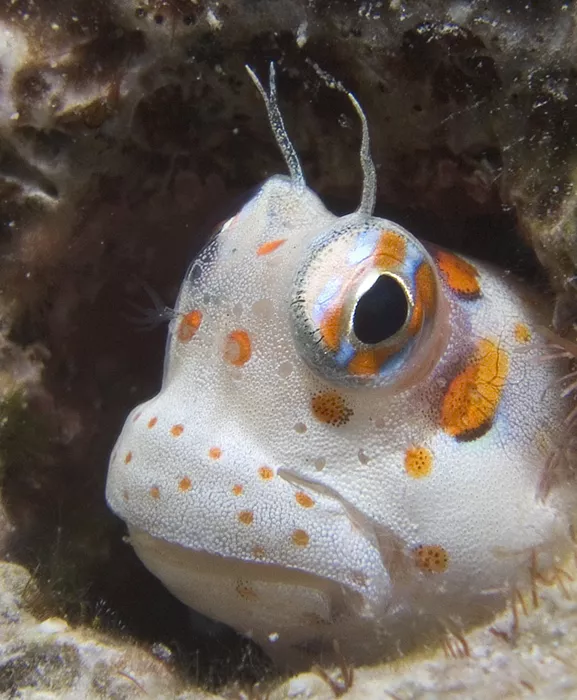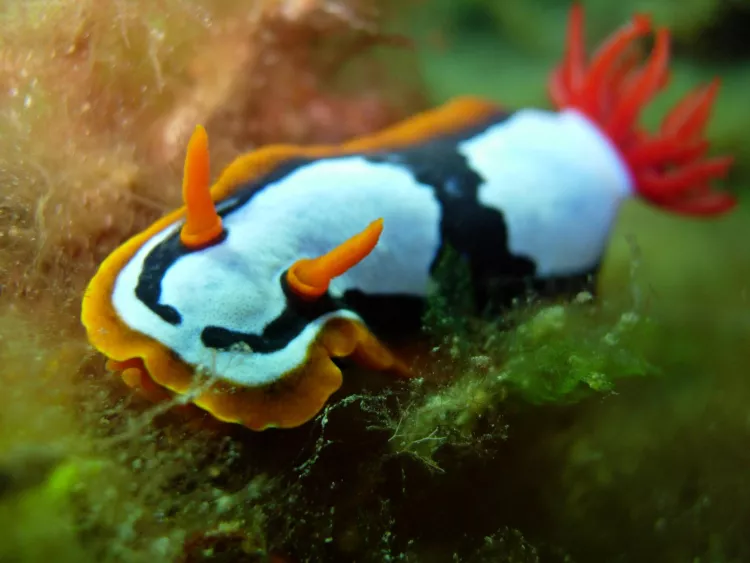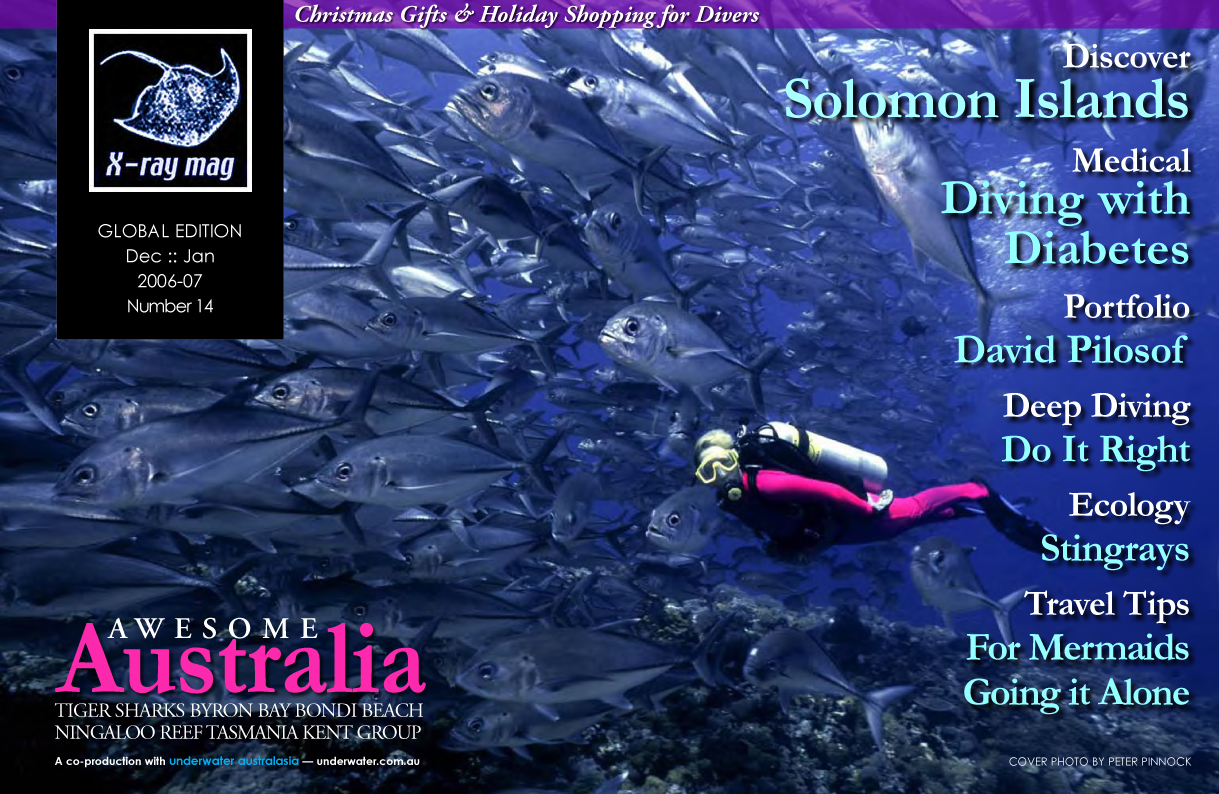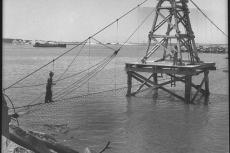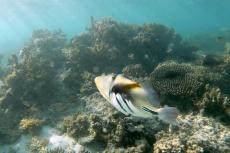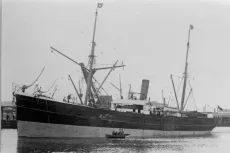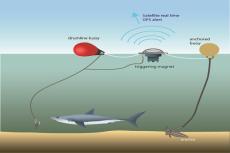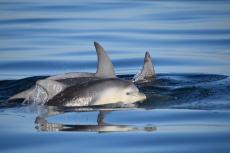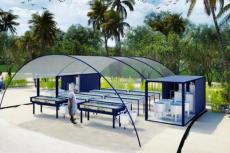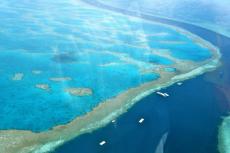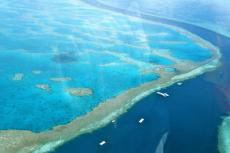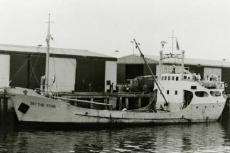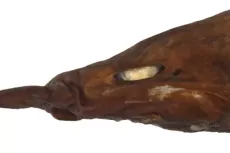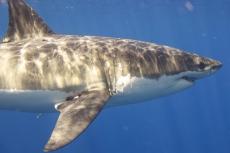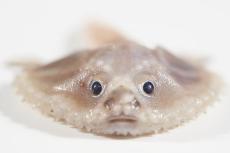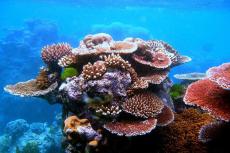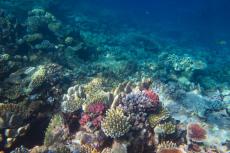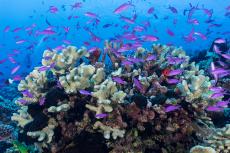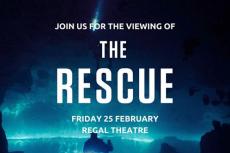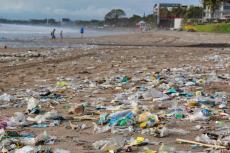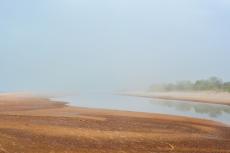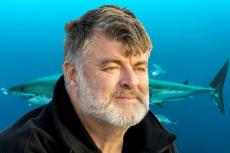Australia — the land ‘Down Under’ — renown for Uluru (the rock formerly know as Ayers), its red desserts and kangaroos. But the smallest continent on earth features one of the largest varieties of habitats ranging from tropical rainforest to old-growth temperate forests and alpine heaths—and that goes for underwater as well.
Contributed by
Due to the unique environment with nutrient-poor soils, highly variable weather patterns and geographic isolation, a high percentage of Australia’s flora and fauna is endemic and extremely well adapted to their unique surrounds.
The koala in its gum tree is probably one of the best-known icons of the Australian wildlife, but there is also the incredible Spiny Ant-eater (Echidna) and the platypus who both lay eggs, but suckle their young.
Most of the 20 million Australians are descendants of nineteenth and twentieth-century immigrants. The five largest groups of the Australians who were born overseas come from the United Kingdom, New Zealand, Italy, Vietnam and China. Only a very small percentage is made up of the indigenous people—mainland Aborigines and Torres Strait Islanders.
Relaxed
Australians are known for their relaxed attitude, their openness and their love of nature—and all of that is true. Australia is home to many races and religions, and on the whole, everybody accepts each other’s way of life—and they all love their beer …
With the increase of air travel, Australia has become a popular destination for tourists from all over the world and anything to do with water is extremely popular with locals and tourists alike. The 2005 Surfing World Tour featured five Australians in the top ten—surfing is a cultural icon of Australia. But other watersports like diving and snorkelling enjoy growing popularity.
Although most tourists are aware of the Great Barrier Reef off the North-East coast of Australia, more and more people are discovering the excellent diving in other parts of the continent as well. With a coastline of almost 26,000 km—much of it still reasonably unspoilt—it should not come as a surprise that there are plenty of spots to find amazing marine life.
In the harbour of Sydney, the largest city in Australia, in only a few meters of water dumpling squids, anglerfish, Port Jackson sharks and seahorses as well as their close relative the endemic and incredibly beautiful Weedy Seadragon have found their home.
Further south, kelpforests, seal colonies, rock lobsters, abalone and a multitude of sponges and ascidians colour the rocky reefs.
Off Adelaide, divers have the opportunity to see the majestic Great White Shark from the safety of a cage.
On the other side of Australia, a fringing reef, called Ningaloo provides a magic and unspoilt dive destination. Fantastic coral gardens and walls not far from the mainland and snorkelling with whalesharks and manta rays are some of the highlights—as are spotting dugongs and dolphins.
There are plenty of wrecks to explore, caves to dive, off-shore islands to dream of, endangered animals, aggregation sites for rare species such as the Leopard sharks, the Grey Nurse Sharks, stingrays, cuttlefish and of course the annual coral spawning events.
About 89% of temperate fish species are unique to Australia, so there is no excuse not to come and visit the cooler regions.
This feature about Australia is aiming to go slightly beyond the “road well travelled” and includes some destinations that some divers might not yet have heard about. Australia is a fantastic place to live and dive—so, as they say down under, “Where the ‘bloody hell’ are ya?”

